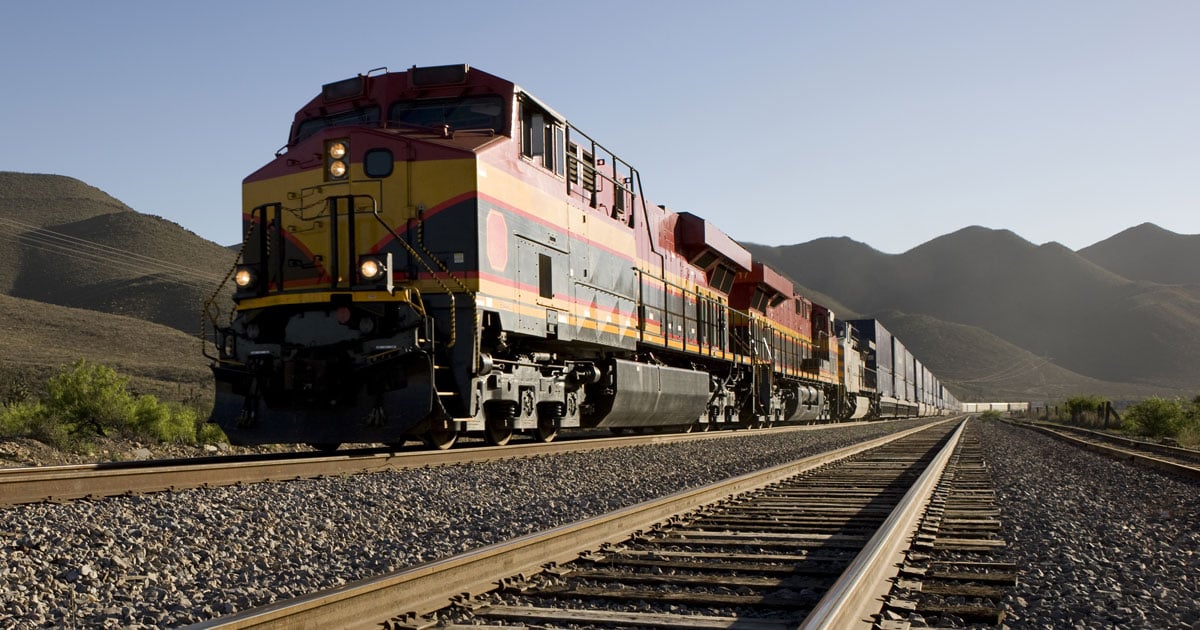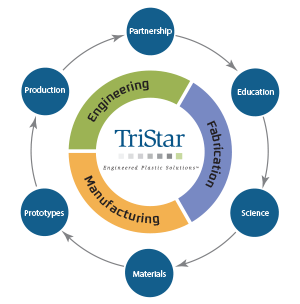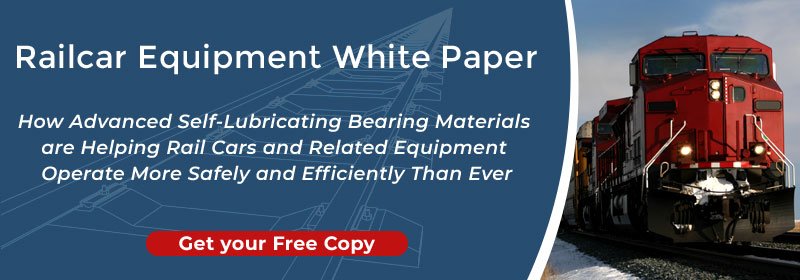
Railroads are the oldest form of mechanized transport and one of the original “big businesses” of the American economy. At the turn of the century, railroads were the largest industry in the country. While they no longer command such economic heights, rail is still an essential part of transportation infrastructure, from regional passenger networks to long-distance freight.
In this article, we provide a high-level overview of rail transportation today.
The rail industry varies considerably internationally: in many countries, rail operations are overseen by a government entity. In the United States, however, private companies often manage both operations and own/maintain tracks and other infrastructure (with some notable exceptions like Amtrak and regional transit authorities). For simplicity, this article focuses on US/North American rail.
Before examining the industry in greater detail below, we should note that rail is a highly cyclical industry that reflects the broader state of the economy. A robust economy means more freight, more passengers, and more revenue for rail companies. Meanwhile, rail companies face extensive capital costs to build and maintain infrastructure, a fact that can leave cash flow vulnerable in the face of economic downturns. For example, overall rail traffic appears to have hit a substantial downturn due to COVID.
Rail Industry Key Facts
- Total routes cover over 140,000 miles.
- The industry generates an excess of $70 billion per year in revenue.
- The industry employs 167,000 plus people.
Source: Department of Transportation
Rail Transport Industry Structure
Rail is a highly consolidated industry. A cluster of seven large “Class I” freight railroads dominate the market, working with smaller regional operators to integrate transportation across regions.
There are over 500 smaller freight railroads across the country, but according to the American Association of Railroads, the Class I operators account for 90 percent of employees, 69% of freight miles, and 94% of total revenue.
As you’ll see below, these large railroads maintain market dominance based on region.
Class I Railroads in North America
- Union Pacific and Burlington Northern Santa Fe are the most important players in American West.
- Norfolk Southern and CSX maintain rail operations along the East Coast (including Ontario/Easter Canada).
- Canadian National Railway and Canadian Pacific Railway maintain operations across most of Canada.
- Kansas City Southern Railway operates a number of lines that connect Kansas City to the South and Gulf Coast. It is substantially smaller than the other Class I freight railways.
- Amtrak is a special quasi-public corporation that operates many US passenger rail routes (and virtually all long-distance passenger routes). It maintains stations at over 500 destinations across 46 US states and 3 Canadian provinces.
The Competitive Landscape for Rail
In North America, freight is by far the dominant activity for the small set of large rail operators who dominate the industry. Major firms like Union Pacific no longer operate passenger lines at all. Passenger rail is generally managed by regional short-line railroads that provide local service (including various municipal rail systems like the NYC subway or Chicago’s CTA) and Amtrak.
While still an essential part of transportation infrastructure, rail moves a smaller percentage of freight (27.69%) than trucking (39.6% | source). However, when this metric is constrained to inter-city freight, rail’s share of tonnage increases to 43%.
Compared to trucking, rail offers much lower per-mileage costs to offset its more limited geographic flexibility. Freight rail also offers much lower accident rates than trucks. Finally, rail remains the only cost-viable option for moving heavy commodities like grain and coal over long land distances.
Intermodal transport using containers is allowing trains to be better integrated with maritime and automotive shipping (we look at intermodal shipping in our article on rail trends here). Freight rail also offers superior carbon and energy use per mile, a fact which may help drive growth as firms look for greener supply chains.
Learning More
It’s important to remember that the size of the full array of companies that support the rail industry greatly expands the economic footprint of the industry. Rail equipment OEM’s are tasked with designing everything from specialized freight cars, to braking systems, to advanced electronics. We break down some key types of rail equipment here.
All of this equipment is expected to thrive in an operational environment that’s full of vibration, heavy loads, all-weather conditions, and fire risk from metal-on-metal friction. For a deeper look at challenges for rail transportation equipment (and how the right component materials can help), see our guide here.
TriStar works with a wide variety of rail equipment makers to identify solutions for these engineering pain points. In an industry where efficiency, safety, and performance are all central to the bottom line, material selection matters.
If you’d like to discuss your rail engineering challenges with our team, click the button below to reach out.










